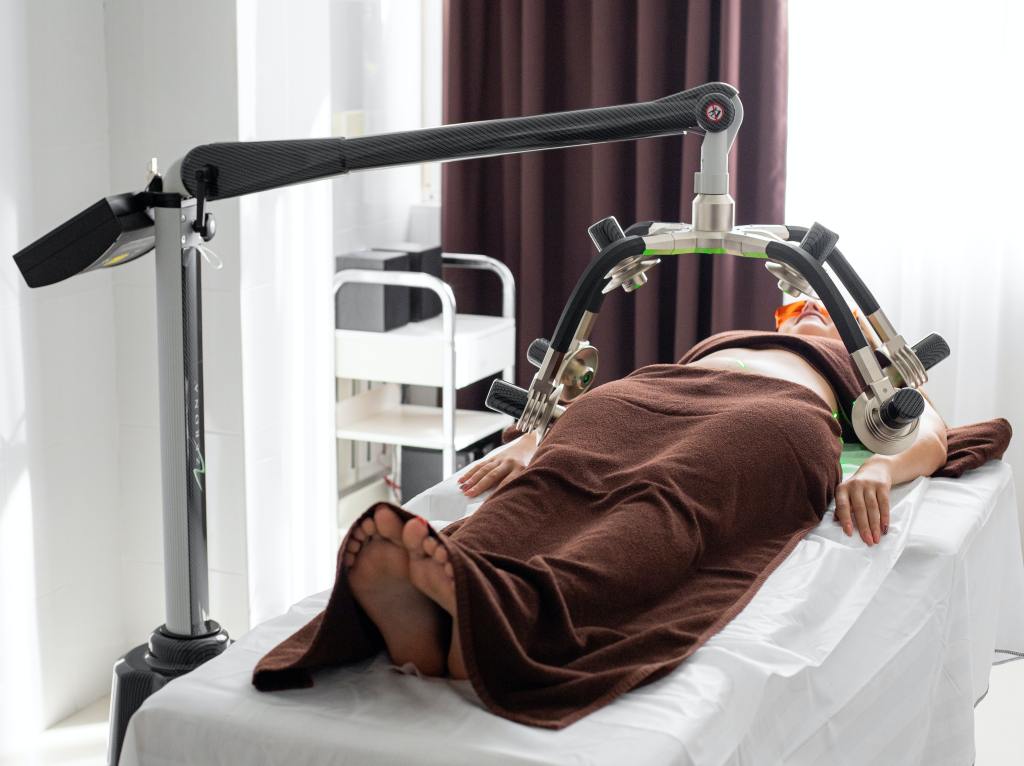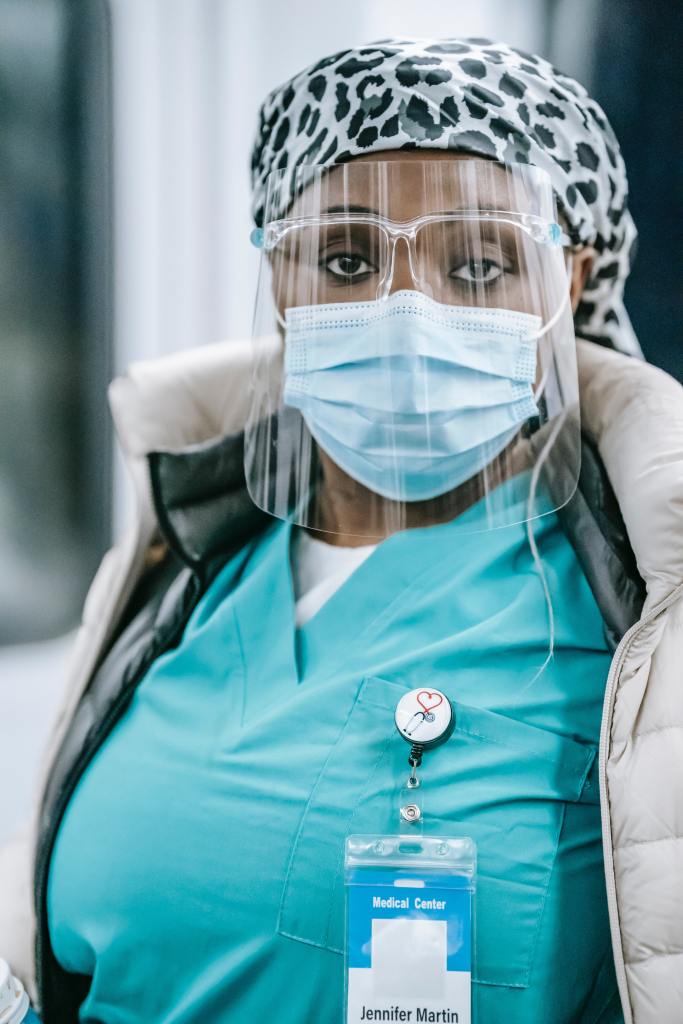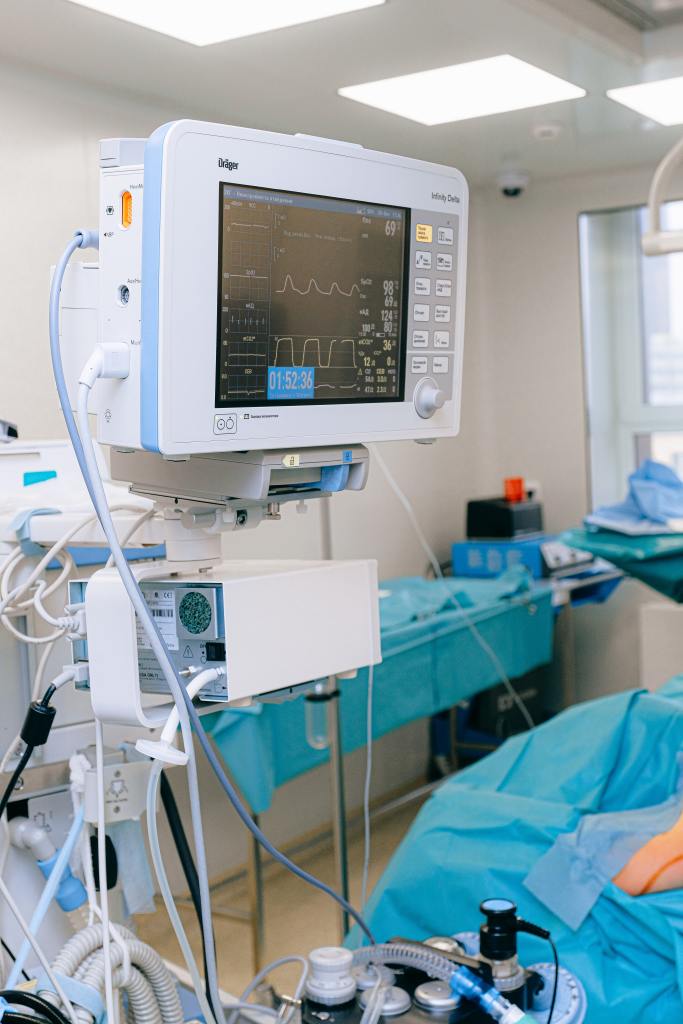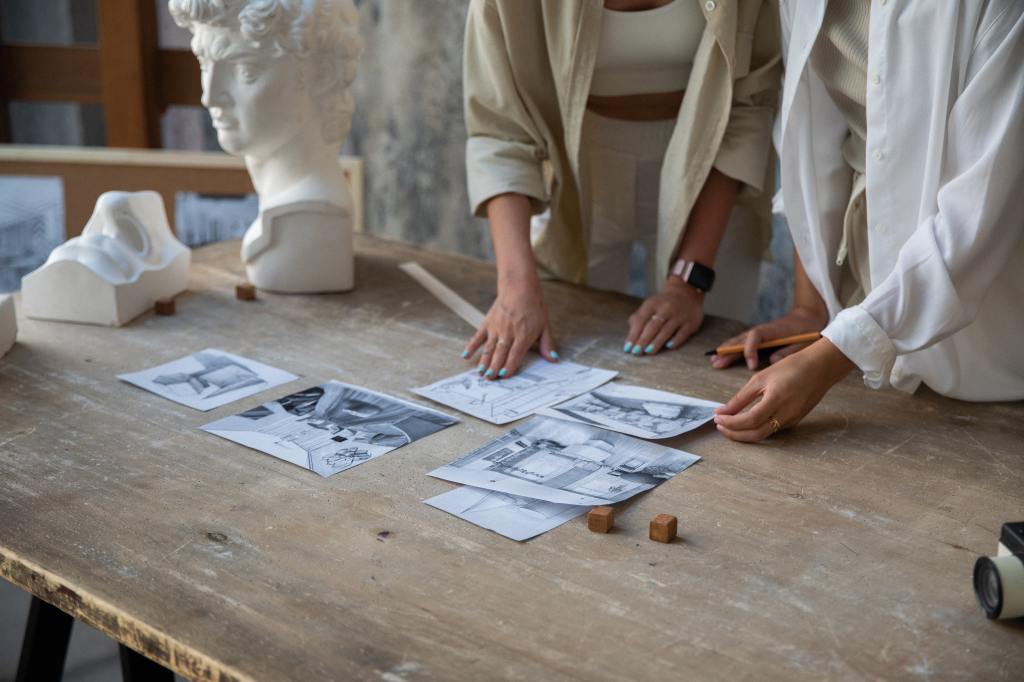
A cardiologist previously affiliated with Kindred Hospital in Tucson, Arizona, Dr. Rajan Bhatt has worked in the department of cardiology of the VA Central Iowa Health Care System. Now an accomplished healthcare entrepreneur, Dr. Rajan Bhatt is the founder and CEO of Spectrum Dermatology and Spectrum Plastic Surgery.
Spectrum Plastic Surgery offers patients several options for removing excess body fat. One of the popular services is Coolsculpting, a nonsurgical body contouring technique.
Coolsculpting works by subjecting adipose tissue, also called body fat, to cold temperatures to freeze it. When the fat is subjected to freezing temperatures, it dies and is removed by the body naturally.
Coolsculpting can get rid of fat almost anywhere, including the arms, thighs, hips, abdomen, back, and chin. The noninvasive procedure typically takes about an hour, with patients needing three to five treatments to achieve optimal results. Full results are noticeable in days or weeks following treatment.



